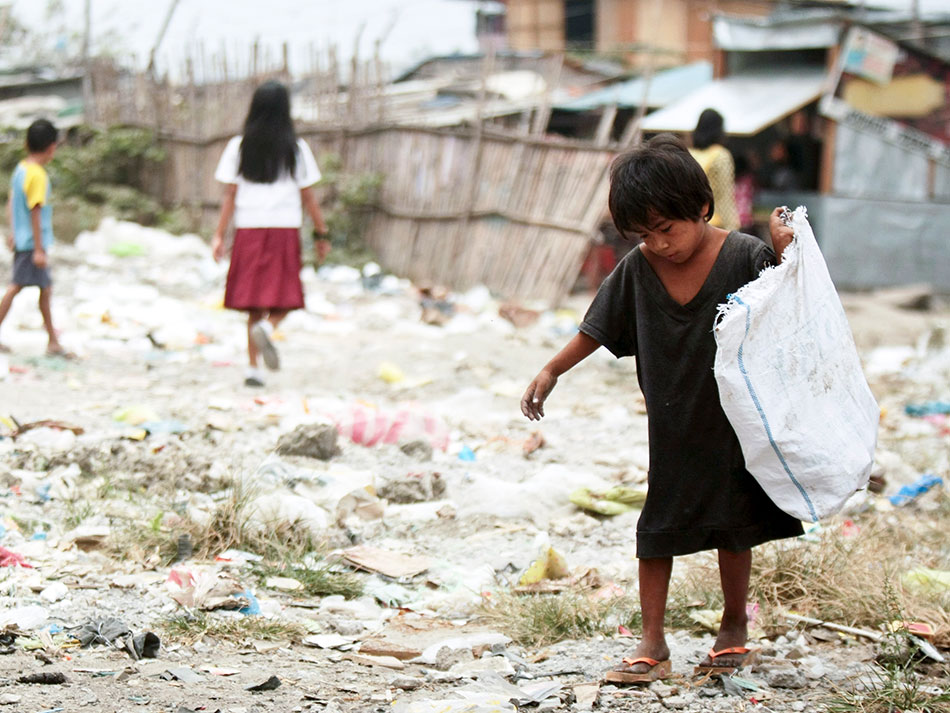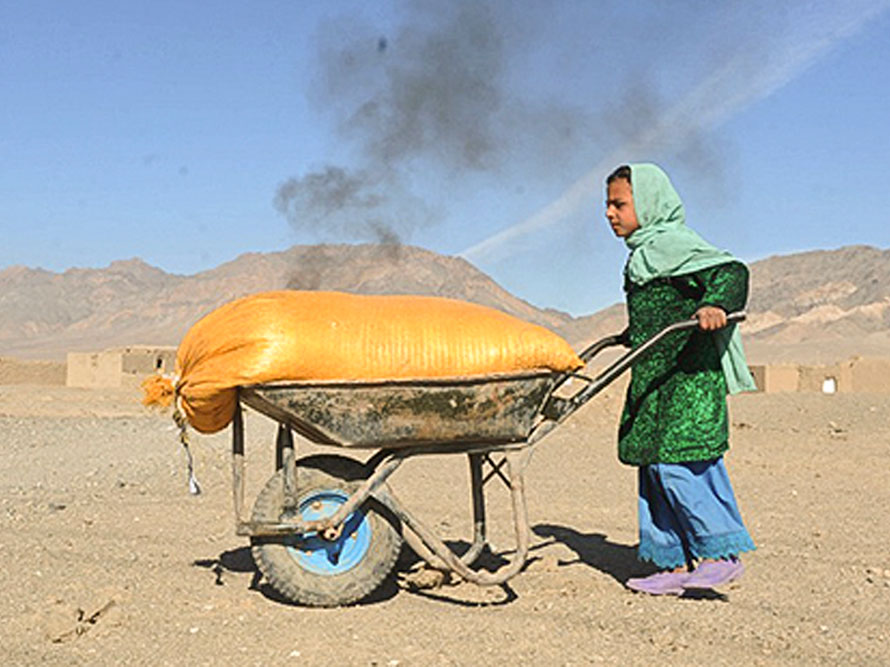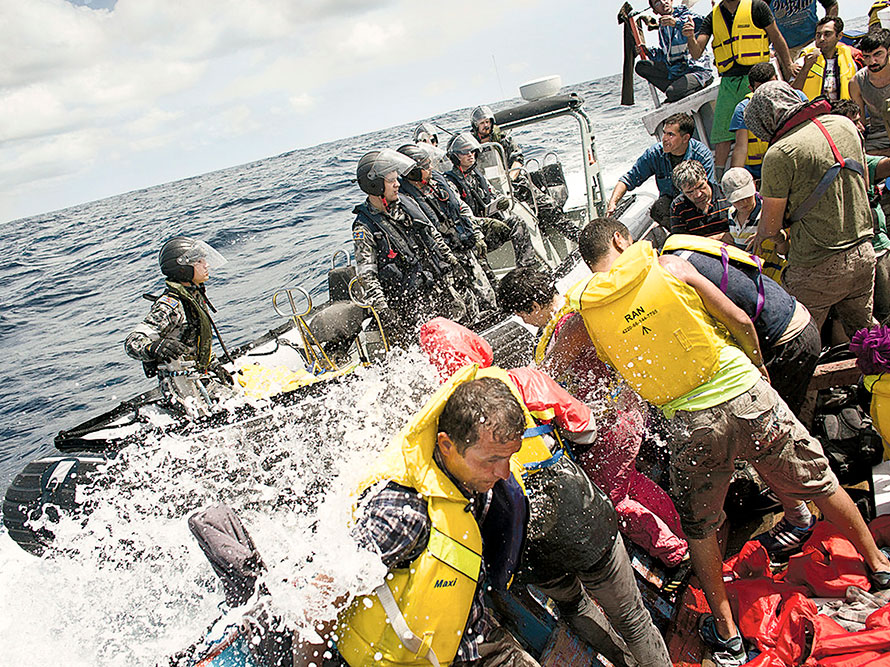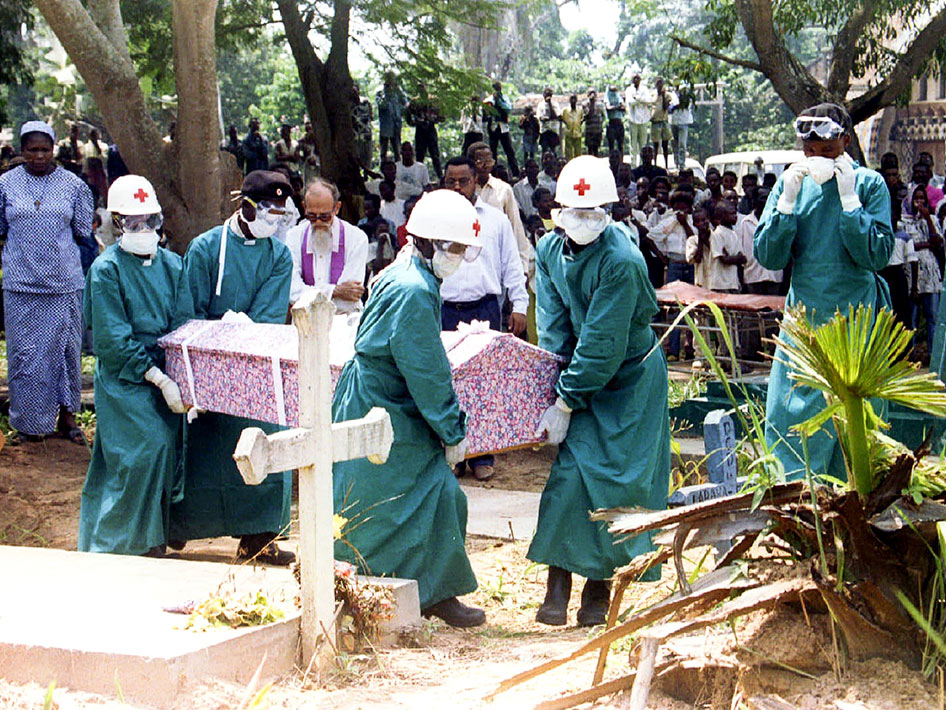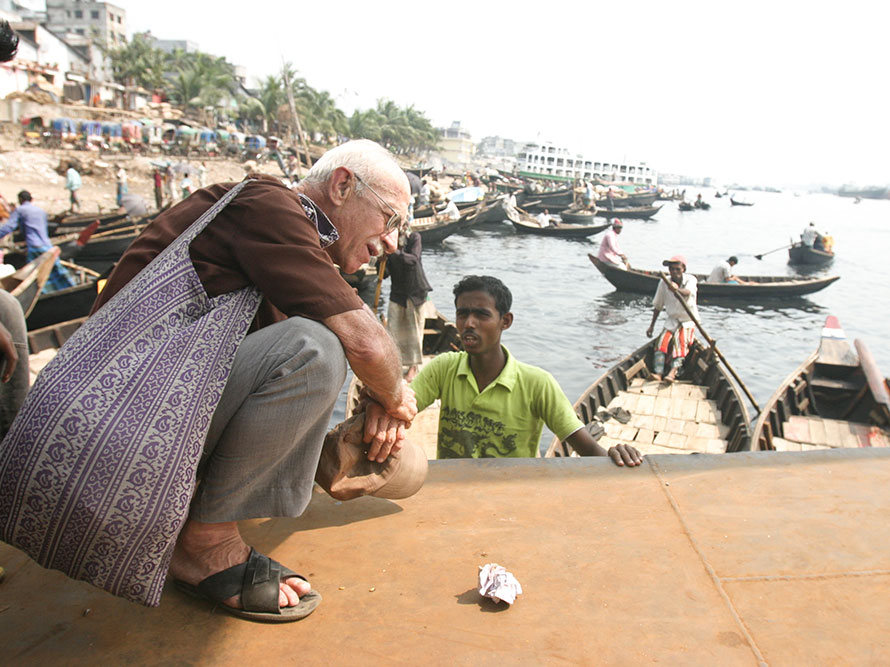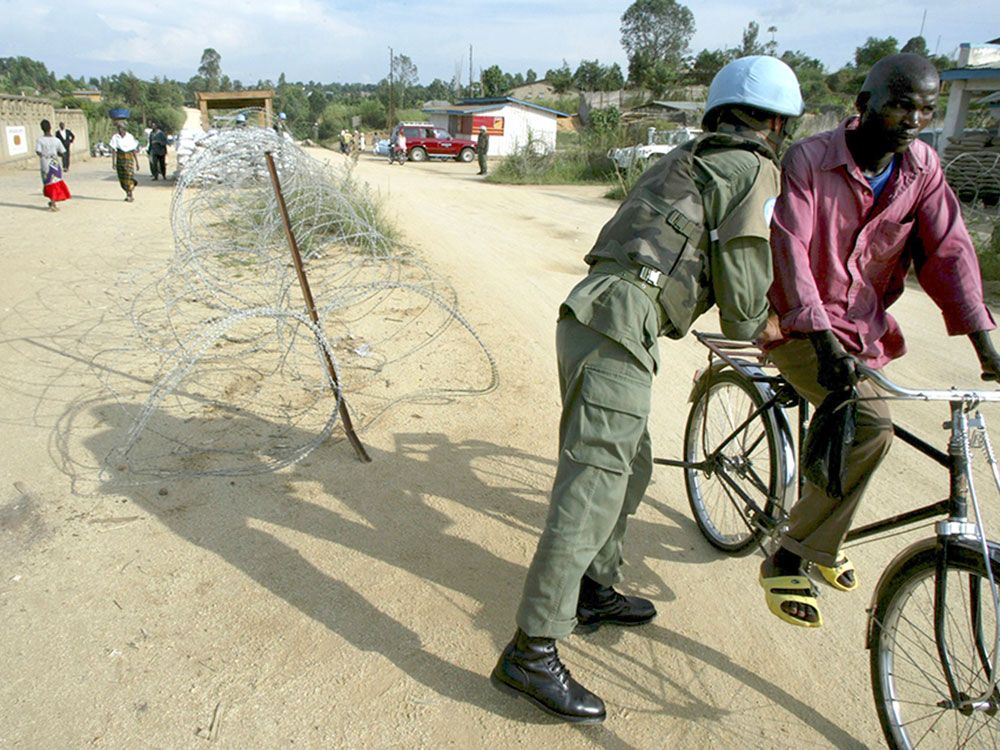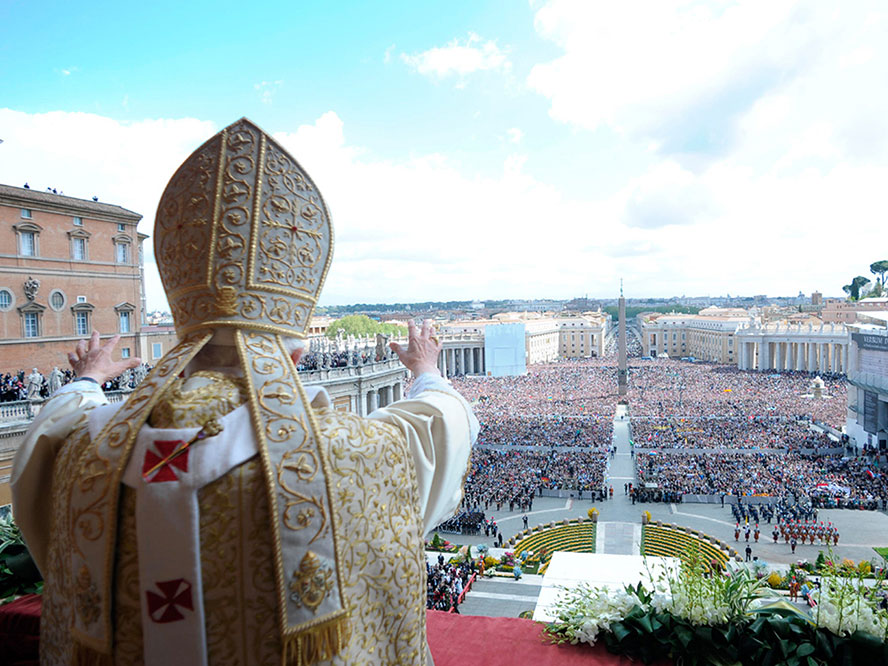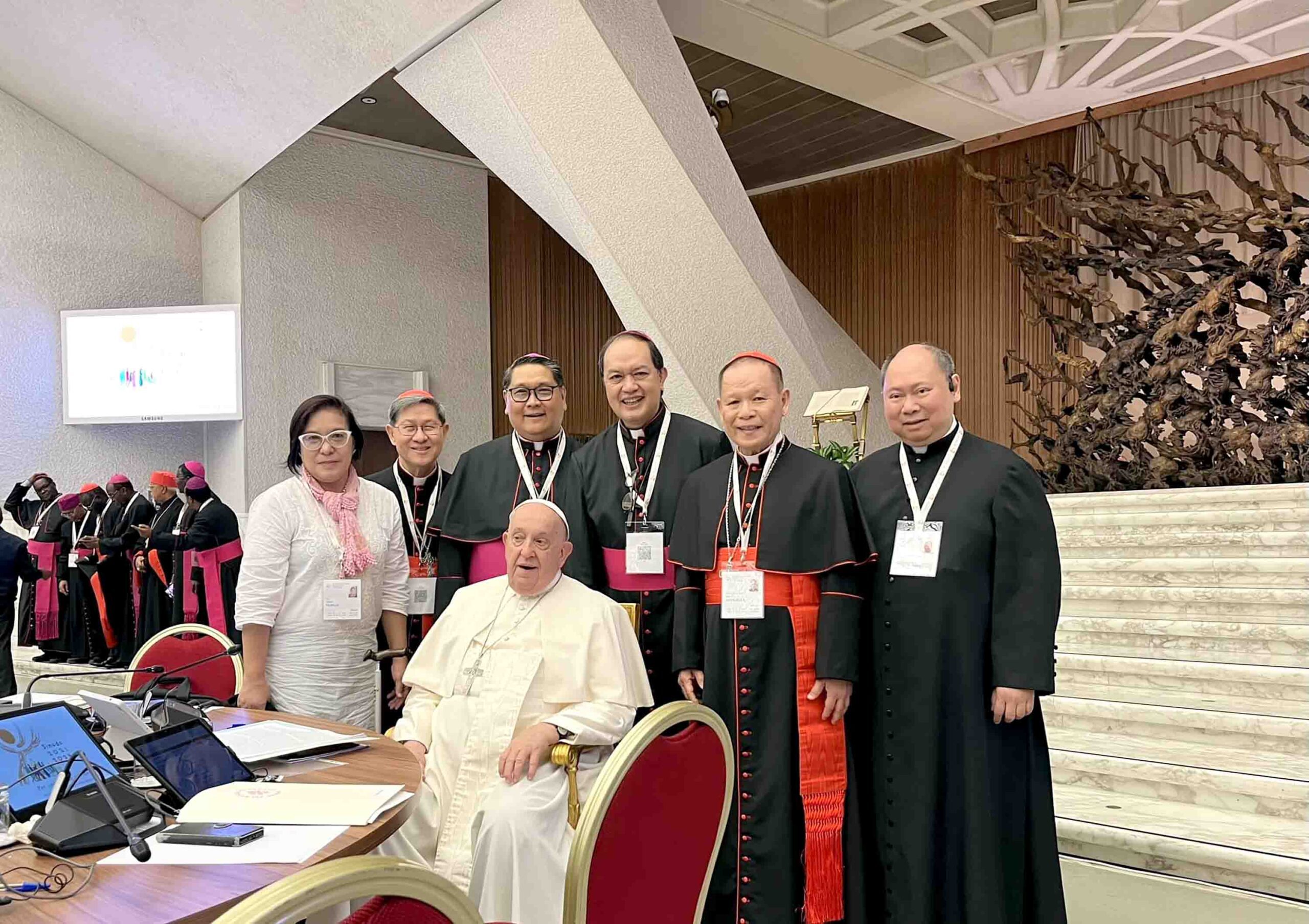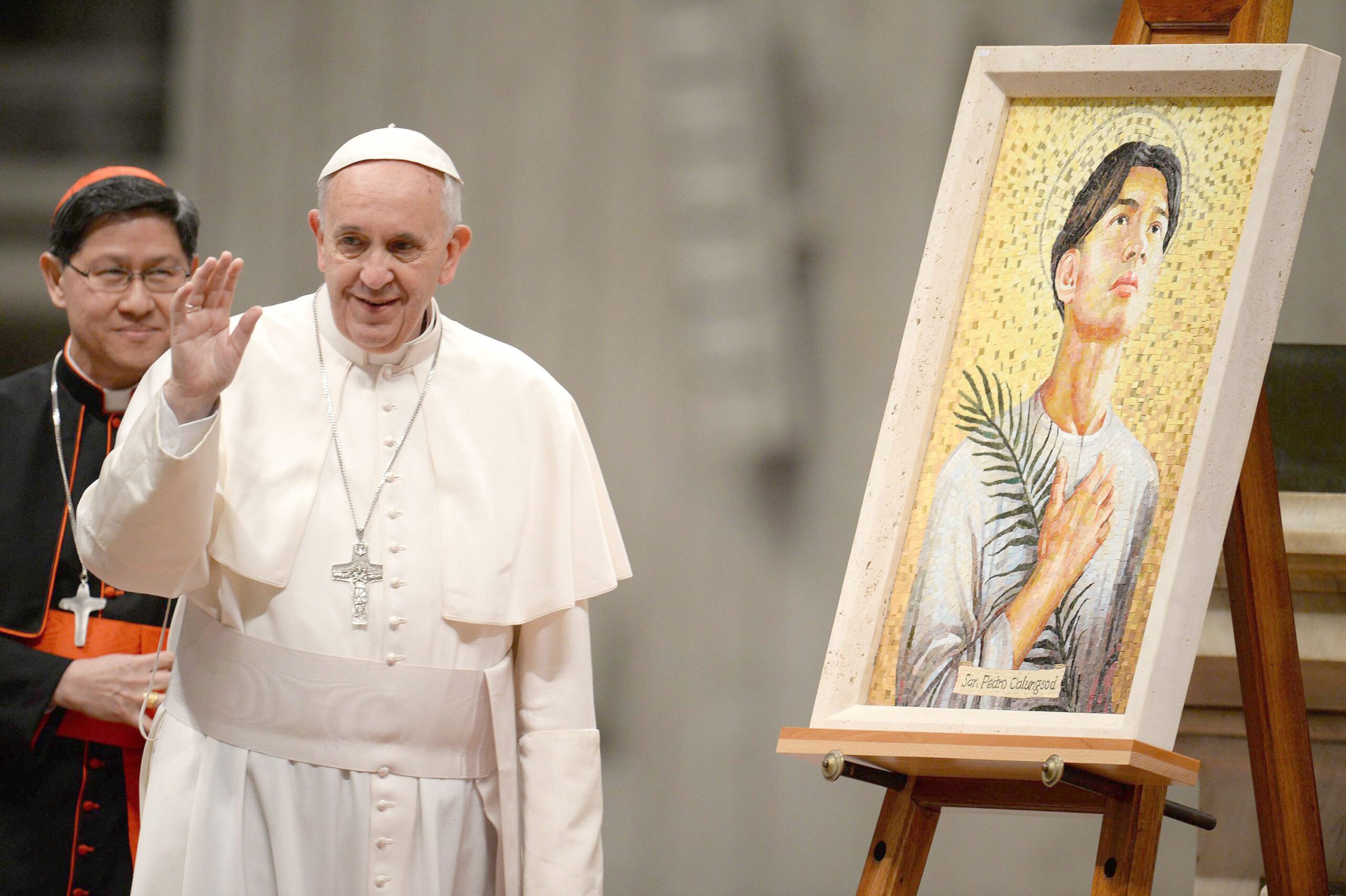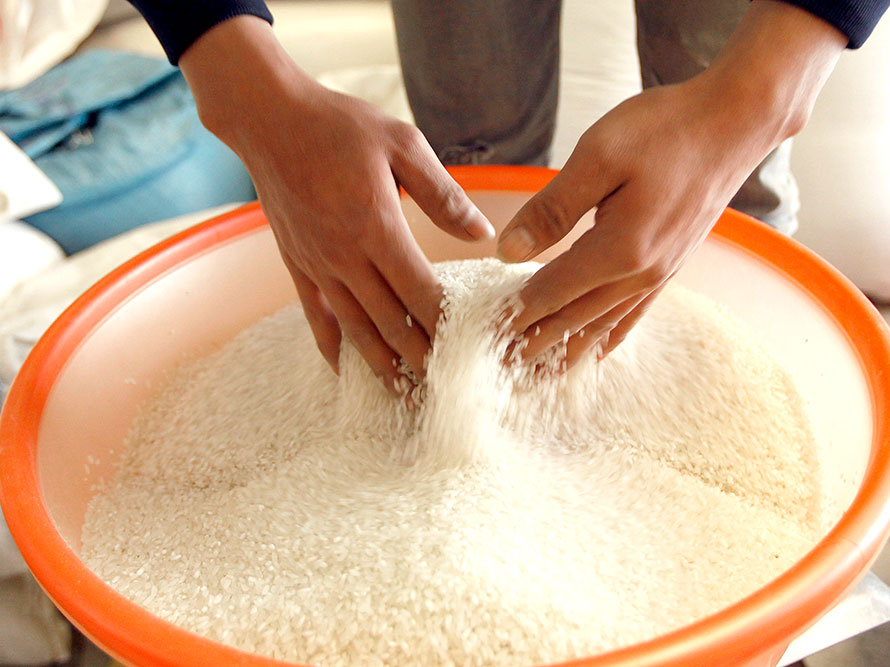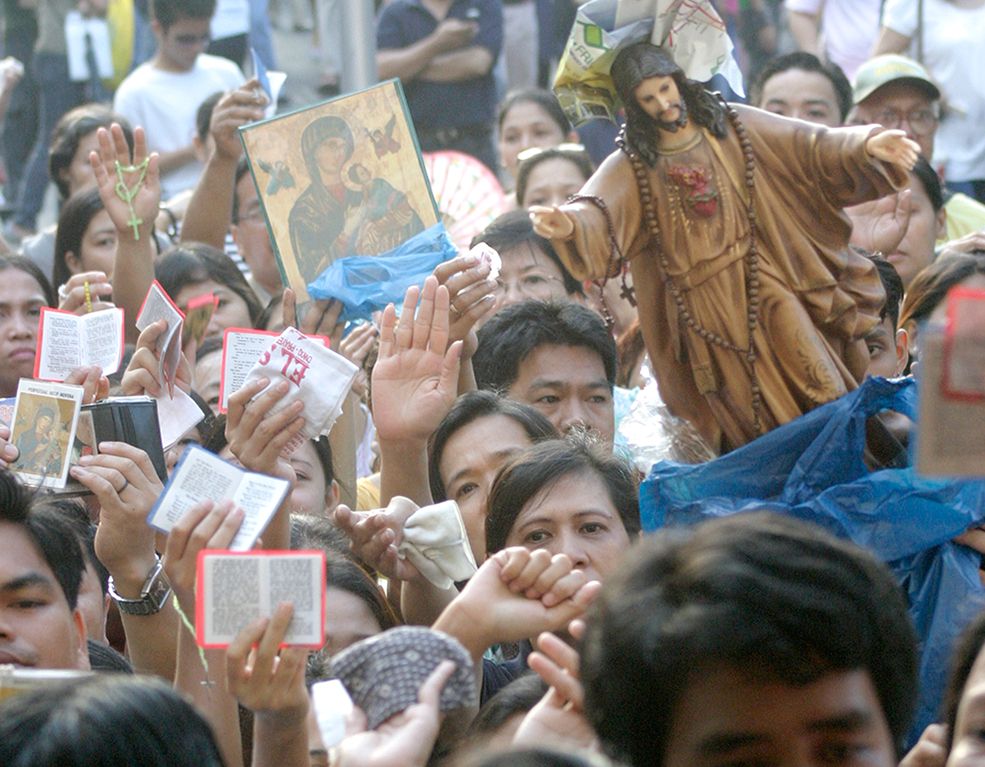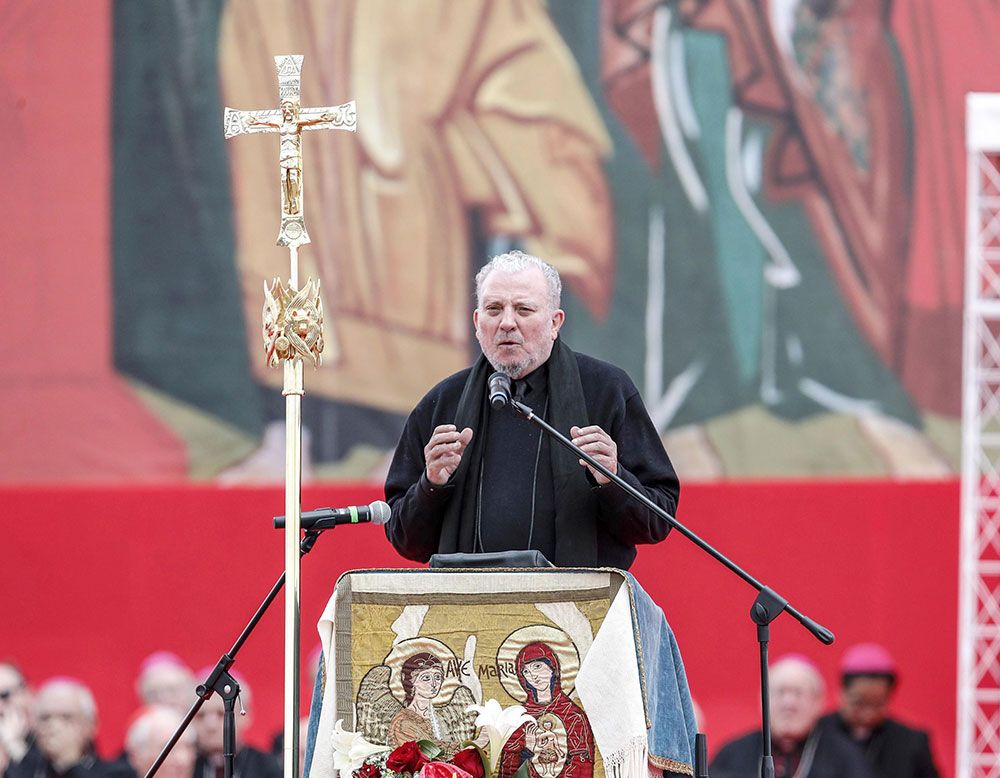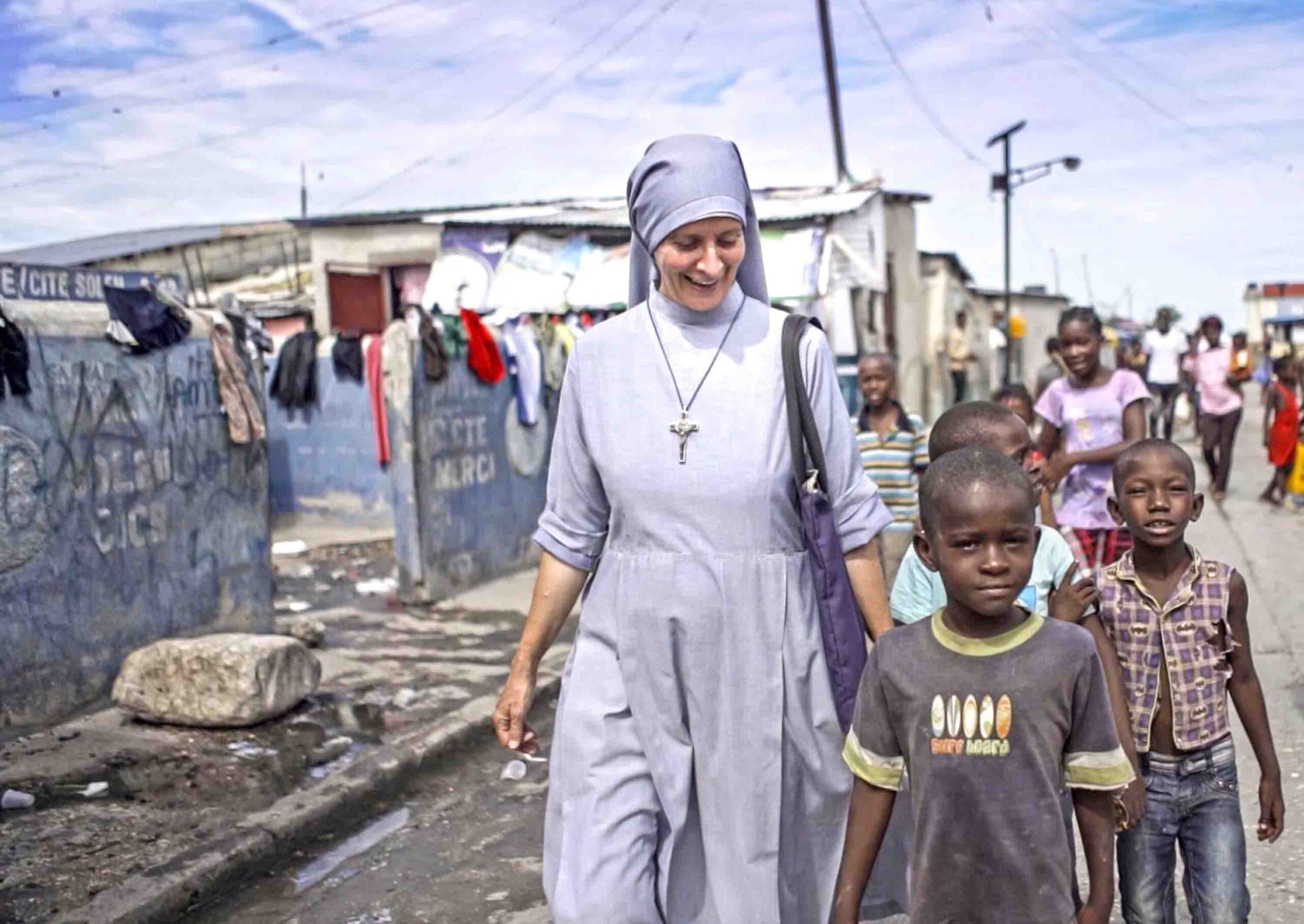Along with Africa, Asia has been identified as one of the “growth centers” of the Catholic faith, with a significant increase in the number of ordinations and baptisms over the past few years. Despite this, however, only about 11% of the Catholic population is based in the Asian region, where two thirds of the world’s population resides. That is why modern day popes, beginning with the “Pilgrim Pope” Paul VI, have, time and again, emphasized the importance of Asia as a frontier for evangelization that needs to be given special attention for the continual and effective spread of the Gospel and the faith. Among Asian countries, the Philippines, which has long been regarded as the “Beacon of Catholicism in Asia,” Vietnam, India, South Korea, and Sri Lanka, have always been recognized by the Vatican as the countries where Catholicism remains alive and well. It was not uncommon, therefore, during the reign of Popes Paul VI and St. John Paul II, that a papal visit to an Asian country be included in the itinerary of an apostolic voyage.
PAPAL SNUB
During the pontificate of Benedict XVI, however, focus was on the re-evangelization or the re-awakening of the faith in the “Old Christian” countries of Europe. Although there is no doubt that Benedict constantly had his eye on Asia (if the number of Asian cardinals he elevated to the Sacred College during his reign as pope is a good measure), his physical presence, by way of an apostolic pilgrimage to Asia, was sorely missed. That is why journalists, who covered the World Youth Day in Rio de Janeiro in 2013, equated Pope Francis’ intention to visit the Philippines or Sri Lanka in the near future, which he expressed in a media briefing on the flight back to Rome, as a way of making amends to Asia for Benedict XVI’s apparent “papal snub.” While everyone in Rome, the Philippines, and Sri Lanka was second-guessing when the Holy Father would make this trip to Asia, the Vatican, in March 2014, announced that Pope Francis will be visiting South Korea in August 2014 to attend the 6th Asian Youth Day. On top of this, the Holy Father will beatify a group of 124 Korean martyrs during that voyage. (In a press briefing on the plane ride back to Rome following his apostolic journey to the Holy Land in May, Pope Francis himself confirmed that he will be visiting the Philippines in January 2015. – Ed.)
IN GRATITUDE
To be sure, the announcement, like a thief in the night, surprised many people in and out of Catholic circles. A statement issued by Seoul Archbishop Andrew Yeom Cardinal Soo-jung, who was elevated to the College of Cardinals only a month before the announcement of the papal trip to the Korean Peninsula was made, seemed devoid of any hint that the Cardinal knew that the Pope was coming to his country. There already was, however, a standing invitation from the South Korean President and the Bishops’ Conference for the Holy Father to visit the country. Cardinal Yeom believes Pope Francis’ genuine closeness to and affection for the Korean people prompted the decision. “During the Mass of Thanksgiving for the creation of new cardinals, the Holy Father offered words of affection to me that he really loves Korea; now that he is really coming to our country, I can feel the abundant grace of God. The Holy Father’s papal visit to Korea is a great joy and blessing to our country,” the Cardinal’s statement read.
Meanwhile, CNN’s Vatican analyst and Boston Globe’s Associate Editor for “all things Catholic,” John Allen, Jr. surmises that one of the main reasons why Pope Francis made South Korea his first stop in Asia was “to say thank you” for Asia’s contribution to the Catholic Church. Again, although only a tenth of Catholics resides in the Asian region, the rate at which Catholicism ballooned in Asian countries over the past several years cannot be overlooked. In Korea alone, the Catholic population grew to an astounding 70% in the past decade. Catholics now comprise 10% of the traditionally Buddhist South Korean population. South Korea is now the third largest Catholic nation in Asia, next to the Philippines and Vietnam.
FAITH CULTIVATED BY MARTYRS
The Korean Church attributes this dramatic increase in the Catholic population to Pope John Paul II’s twin visits to their country. The first visit was in 1984 while the second was in 1989. During the first trip, St. John Paul II canonized Fr. Andrew Kim Tae-gon, the first Korean priest-martyr, as well as 102 other martyrs. The Holy Father returned a second time to the Peninsula to attend the 44th International Eucharistic Congress held in Seoul. Since then, the Korean Church has blossomed astoundingly and has encouraged a number of vocations among the Korean faithful.
Aside from rekindling the zeal and inspiration that St. John Paul II has bequeathed to the Koreans, Allen, meanwhile, believes that Pope Francis, by beatifying more than a hundred Korean martyrs, wants to impart a statement – more appropriately, a teaching – on the significance of martyrs in today’s modern world. In the same way that Pope Francis wants to emphasize that there are saints still living among us in this day and age, (as he clearly underscored by canonizing St. John XXIII and St. John Paul II in April), he also wants to draw attention to the continual spillage of blood for the Christian faith to this very day. Allen, in his Boston Globe article, has placed the tally somewhere between one new Christian martyr per day to one per hour. Statistics show that Asia is where most modern-day martyrdoms take place. The Diocese of Daejeon, venue for the Asian Youth Day from August 14 to 18, is the birthplace of St. Andrew Kim Tae-gon. In addition, several places in the diocese have been prominently linked to the persecution of Christians in the 19th century.
In his welcome message to the delegates of the 6th Asian Youth Day, Archbishop Patrick D’Rozario, the Chairman of the Youth Desk of the Federation of Asian Bishops Conferences’ Office of the Laity and Family, invited participants to (1) remember the roots of the faith that were introduced in Asia, (2) rediscover the faith (and values) that have been lost in this highly secularized society, and (3) walk together with Jesus and the martyrs as present-day witnesses of the faith. The seeds that have been planted by the martyrs of Daejeon, as well as the new martyrs that Pope Francis will beatify, will definitely serve as a profound example and reminder to the youth of how difficult it was for the first Asian Christians to live out their faith, and how the martyrs’ sacrifices have nurtured, enriched, and perpetuated the faith that Asian Catholics are enjoying today. If anything, the Holy Father’s participation in the youth gathering affirms this invitation by Archbishop D’Rozario, and further strengthens the theme “Asian Youth! Wake up! The glory of the martyrs shines on you!”
KOREAN CARDINAL
While others may see it as a mere coincidence, the inclusion of Cardinal Yeom in Pope Francis’ first batch of cardinals is also very telling. When Vatican experts floated the names of several cardinals-in-waiting, the Seoul Archbishop was at the bottom of these lists, if at all he was included in them. In write ups about him after his nomination to the cardinalate, it was emphasized that Cardinal Yeom was descendant from Korean martyrs. His ancestor Peter Yeom Seok-tae and wife Mary were executed during the time of the Joseon Dynasty in 1850 when persecution of Christians was common. Meanwhile, another ancestor, Joseph Yeom-Deok-sun was among the first Korean converts to Christianity. Both are venerated by Korean Catholics as “fathers of the faith.” Cardinal Yeom, for all intents and purposes, is therefore a living testament to the sacrifice of Asian martyrs, most especially the Korean martyrs. After all, a cardinal’s scarlet robes are a symbol of his willingness to spill the blood for the faith.
A HARBINGER OF PEACE
On a larger scale, Pope Francis’ trip to South Korea is also a reinforcement of one of his “official platforms” as pope. Peace has always been one of the key messages of the Holy Father since he ascended to the Chair of St. Peter. In his Christmas and Easter urbi et orbi (“to the city and to the world”) messages, the Pope constantly appealed for peace in Syria, parts of Africa, the Middle East, and the Holy Land. There is no doubt that peace between and the eventual reunification of the two Koreas are also in his prayers. During an address to 180 ambassadors accredited to the Holy See in January this year, the Holy Father prayed for “reconciliation in the Peninsula…for the good of all the Korean people.” He also encouraged the governments of the two Koreas not to grow weary of finding a solution to attain peace and unity.
In naming Cardinal Yeom, whose longstanding advocacy is for peace in the Korean Peninsula, Pope Francis also made this message and intention for peace clear. In the same way, the Seoul Archbishop hoped that the Holy Father’s visit will pave the way for peace. “I pray that Pope Francis’ visit will bring reconciliation and peace to the Korean Peninsula; I hope that this will be the chance for all Asia to feel the peace of the Lord,” the Cardinal said.
For his part, Cardinal Yeom advanced the cause of peace by being the first South Korean Roman Catholic leader to cross the Korean inter-border last May 21. The Cardinal visited South Korean Catholics working in the North-South factory complex situated in Kaesong, North Korea. South Korean Catholic officials, however, denied that Cardinal Yeom’s trip was in preparation for a possible visit by the Pope himself to the neutral zone. Fresh tension between Seoul and Pyongyang once again brewed in recent months, with Pyongyang constantly conducting missile and rocket test launches and harshly criticizing the South Korean government, and its allegiance to the United States, anew.
PERSONAL AFFINITY
But perhaps the Holy Father’s reason for visiting South Korea had a very personal motive to it. Very early in his life as a Jesuit, Fr. Jorge Mario Bergoglio wanted to be assigned to Asia, particularly to Japan, as a missionary. However, for reasons of health, the assignment did not become possible. Fr. Bergoglio, however, was able to visit Japan in 1987, which was the closest opportunity he could probably have gotten to realizing his dream of becoming a missionary in Asia, immersing himself in Asia’s rich culture, and inserting himself among and closely encountering the peoples of the region.
But Fr. Bergoglio did not have to go far to realize this dream, and make friends and collaborators among the Asians. In 1994, Fr. Han Lim Moon, a South Korean native who migrated to Argentina at age 21, and who was ordained a priest for the Archdiocese of Buenos Aires in 1984, met with then-Auxiliary Bishop Bergoglio to ask permission to invite the Little Servants of the Holy Family based in Seoul to Flores, one of the four vicariates within the Archdiocese and where the future Pope was born. Bergoglio consented to the visit by the Korean missionaries. Since then, Bishop Bergoglio became a friend of the Korean community in Flores and was regularly invited to all its feasts. This close encounter with the Korean faithful (and the world has been witness to this pope’s desire for close personal encounters and his promotion of a “culture of encounter) is perhaps what prompted the Holy Father, on a very personal level, to repay the Korean people’s kindness. This “culture of encounter,” that is to reach out beyond the confines of one’s comfort zones, to cultivate brotherhood and dialogue, and to touch the poor and the neglected, as the Pope has articulated many times, is the foundation of peace.
In February, Pope Francis appointed Fr. Moon as Auxiliary Bishop of San Martin, Argentina, perhaps as a further testament to the Holy Father’s affinity and affection towards the Korean faithful. Bishop Moon, who was consecrated last May 4th, is the first South Korean native to become part of the Argentinian Catholic Bishops’ Conference. In a reaction posted on the Salt and Light TV’s official blog, Bishop Moon said he himself was clueless as to why Pope Francis made him a bishop.
Although the “official” reasons for Pope Francis’ visit to South Korea have been declared by the Vatican, one can definitely surmise that the Holy Father has a deeper and more personal reason for making Korea his first Asian destination. His personal encounters and experiences with members of the Asian, particularly the Korean, Church, and his magisterium on social issues and themes like sainthood and martyrdom that is slowly taking shape through his actions and pronouncements, paint an “unofficial” picture of why Francis made South Korea his first choice.





